
Bone Health
Latest News
Latest Videos

CME Content
More News

Osteoporotic fractures are associated with a significant economic burden, including costs of rehabilitation services and a high total all-cause cost of care.

This study provides proof of concept that imminent risk of fracture can be assessed by evaluating recent fracture, age, sex, race, medically significant falls, and psychoactive medications.

Giving infants proton pump inhibitors alone and together with histamine H2-receptor agonists is associated with an increased risk of childhood fracture.

Postural sway, the tendency to sway even while standing still, is an independent risk factor for bone fractures in postmenopausal women.

Bone is one of the most frequent sites of metastasis in breast cancer, but the exact reasons for this high risk of bone metastases has not been well understood. However, research has found that physics may be partly the reason for this high risk.

Women 80 years or older with osteoporosis have a high hip fracture probability even when accounting for mortality risk, suggesting that these patients are candidates for drug treatment to prevent hip fractures.
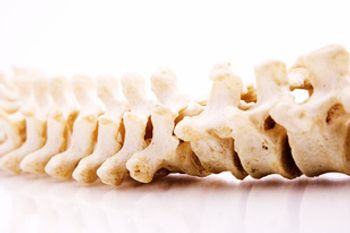
Skeletal-related events are frequent complications in patients with cancers. Two abstracts analyzed the use of bone-modifying agents in patients with newly diagnosed multiple myeloma and breast cancer.

Diets high in soy are linked with a decreased risk of osteoporotic bone fractures in pre- and perimenopausal survivors of breast cancer.

Study findings have revealed that survivors of pediatric hematologic malignancies who underwent hematopoietic stem-cell transplantation (HSCT) exhibit quantitative and qualitative mandibular bone impairments.
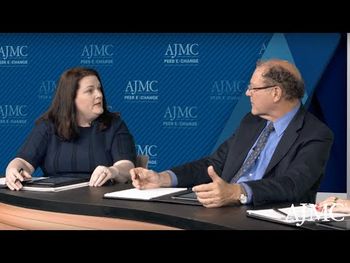







Bone metastases can cause pain in patients with cancer, and 2 abstracts presented at the 2019 American Society of Clinical Oncology Annual Meeting evaluated treating this pain.
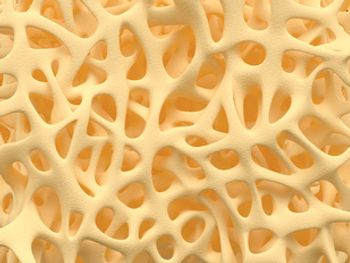
Two abstracts at the 2019 American Society of Clinical Oncology Annual Meeting analyzed bone metastases in cancer.

A study has found that 28% of men and 26% of women between the ages of 35 and 50 years have osteopenia and are at risk for osteoporosis.

A study has identified links between osteoporosis and hypertension, coronary heart disease, and cerebral infarction.

New research has identified how bone cells subdue cancer cells that have reached the bone so that the cancer cells remain dormant for decades. The finding may help researchers develop new treatments to prevent or treat metastatic disease and put cancer cells to sleep permanently.
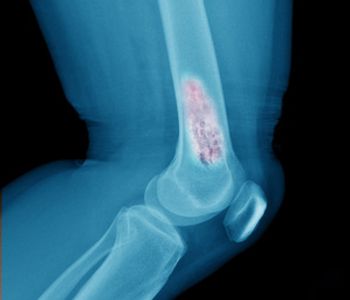
Multifraction radiotherapy is standard to treat pain in patients with bone metastases that are mostly not in their spine, but new research has shown that single-fraction stereotactic body radiotherapy had higher rates of overall pain response and better local disease control.
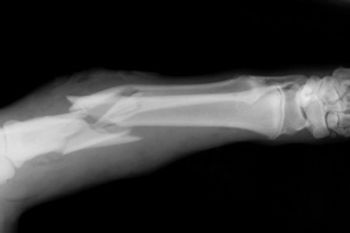
Damage to mitochondria, which can occur from exposure to cigarette smoke and environmental pollutants, leads to a surge in the creation of osteoclasts that break down bone.

Between 2004 and 2017, the annual number of fall-related fractures from walking leashed dogs increased from 1671 to 4396 among adults aged 65 years or older.

Bisphosphonates, which are used to treat osteoporosis and prevent fractures, are increasingly being used more effectively in a population more likely to benefit, according to results presented at ENDO 2019, the Endocrine Society’s annual meeting.










































